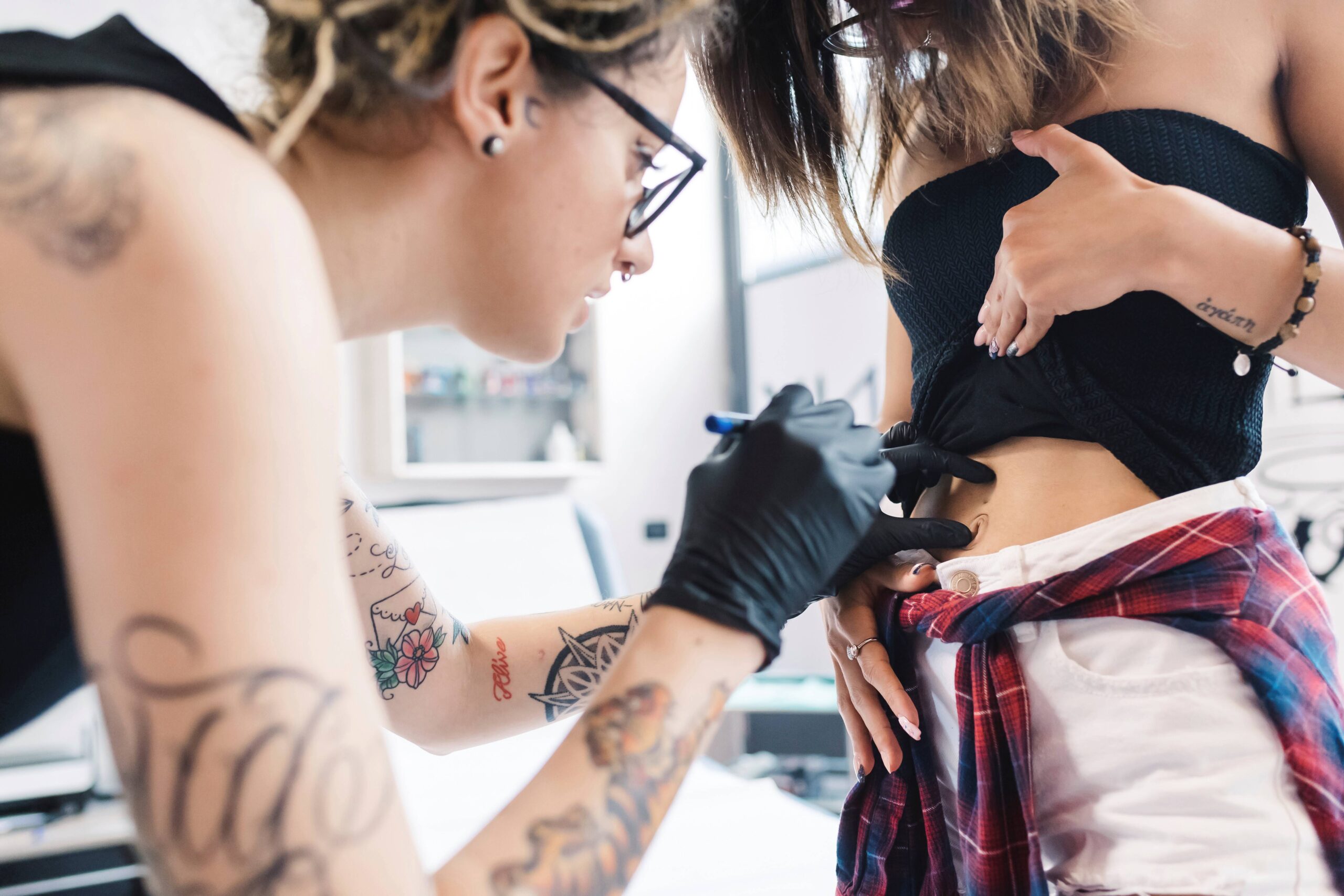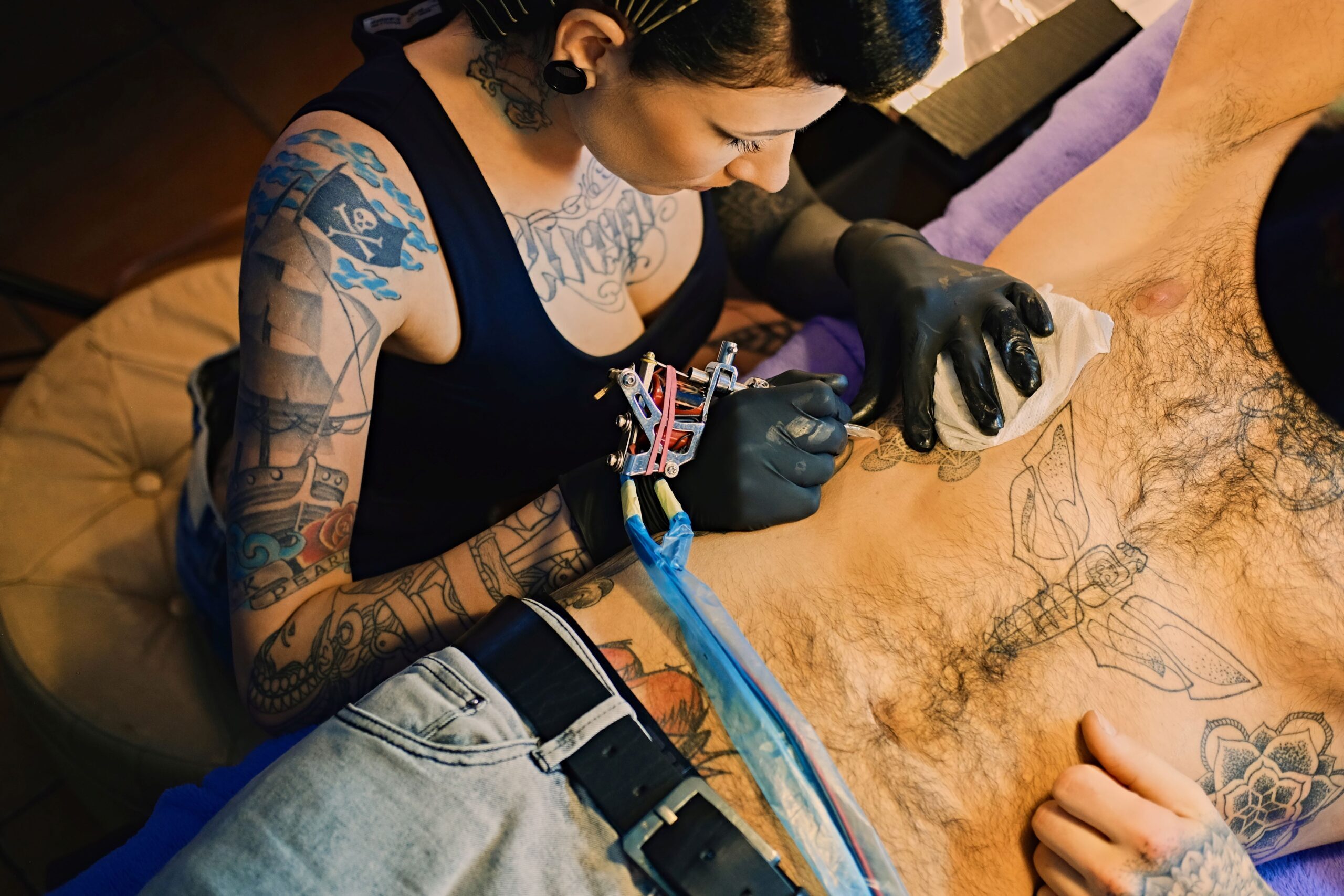From ancient rites to modern runways, humanity’s fascination with altering its own canvas shows no sign of slowing. Tattoos, piercings, and radical body modifications have moved from niche subcultures to mainstream expression, sometimes to extremes that blur the line between art and anatomy. As individuals claim ownership of their appearance, questions arise: How far can we go? Where lies the limit?
Endless Transformation
Body art traces back millennia. Indigenous peoples adorned themselves with scars, pigments, and piercings to mark rites of passage or spiritual beliefs. Sailors carried tattoos from distant ports as talismans. In contemporary culture, ink and metal have become symbols of identity, fashion, and rebellion.
Today’s innovations:
- Microdermals & Subdermal Implants: Tiny anchor-like studs or larger shapes inserted beneath skin create raised patterns or 3D silhouettes.
- Ocular Ink: Scleral tattooing, injecting pigment into the white of the eye, adds eerie, unblinking color.
- Extreme Scarification: Beyond delicate line-work, practitioners carve or burn patterns into skin for permanent reliefs.
With each new procedure, the human body becomes both medium and masterpiece—yet also a potential source of regret, risk, and societal debate.
Montpellier’s Avant-Garde Artists
In Montpellier, a cluster of studios has embraced this artistic arms race. At Lowbrow Tattoo, manager Thomas recalls clients who insist on becoming living leopards: “A gentleman asked us to cover his skin in rosettes and spots. He wanted every inch.” Nearby, body-mod specialist Mathilde has booked clients for nose amputations, tongue bifurcations, and steel barbell cartilage removals.
For these artisans, the only real limit is skin’s integrity. Young tattooist Steffdess puts it bluntly: “I want people to transform as far as the body holds up.” And some push harder than others.
Portraits of obsession:
- Rick Genest (“Zombie Boy”): A Canadian model whose skull-like tattoos covered over 90% of his skin. His untimely death in 2018 prompted reflections on the psychological toll of extreme modification.
- Anthony Loffredo (“The Black Alien”): Now based in Montpellier, this former security guard has split his tongue, implanted horns above his eyebrows, and darkened his eyeballs with ink. He insists, “My transformation will never be complete.”
These figures inspire fascination and concern. Their radical metamorphoses embody unfettered aesthetic freedom, yet spark debates about mental health, consent, and the durability of such choices.
Where Art Meets Risk
Dermatologist Dr. Anne Rauzy of Parc Aesthetic Clinic urges caution: “Every additional tattoo or implant increases risk of allergic reaction, chronic infection, or keloid scarring. Removal becomes more difficult, and sometimes impossible.” Laser specialist Rauzy reminds us that bodies have finite healing capacity. “Moderation isn’t about stifling creativity,” she says, “but recognizing our biology.”
Ethicist and social critic Thomas at Lowbrow Tattoo warns of consumerism creeping into body art: “Some people chase trends to feel validated, purchases in pigment rather than personal conviction.” In his view, the line between self-expression and mere consumption can blur dangerously.
For most enthusiasts, the journey remains deeply personal, but real limits do exist: anatomy, safety, and our own comfort with permanent change. Responsible practitioners and informed clients can collaborate to create stunning art without sacrificing well-being.
The Future of Body Art
As techniques evolve, boundaries will keep shifting. Biotech implants, bio-luminescent tattoos that glow without electricity, and even subcutaneous electronics hint at an era where our bodies host both aesthetic and functional modifications.
Yet no matter the frontier, the core challenge endures: balancing creative liberation with respect for our bodies’ limits. As the global community of inked and pierced grows, so too does the dialogue about consent, safety, and the ethics of self-transformation. In the end, true art isn’t measured by how far we push, but by how thoughtfully we choose to shape ourselves, and how courageously we stand by those choices, visible in ink and metal for all the world to see.

